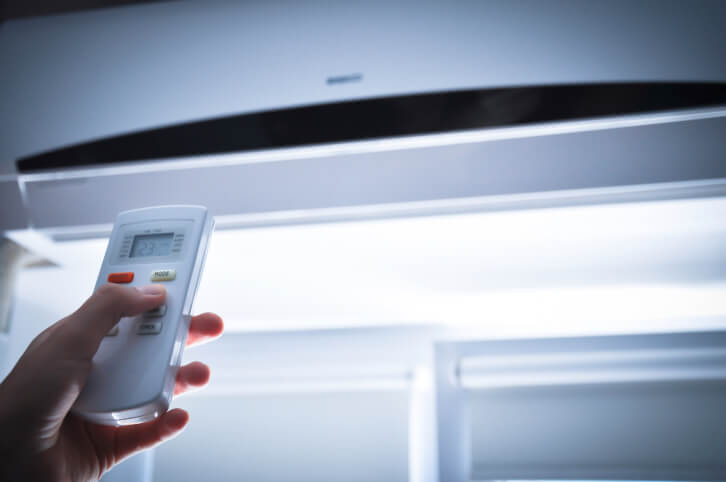
Coming Soon: Cool New AC Technologies
Modern air conditioning systems are quiet, efficient and effective. For all practical purposes, however, the basic concepts have remained relatively constant for more than 100 years. That may soon change, since a number of cool new AC technologies are on the horizon.
Smart Grid
In the continental US, the nationwide electrical grid consists of three interconnected systems. They distribute electrical power within their defined geographic regions (northeast, south and west) and have the ability to transfer power from one region to another when the need arises.
Next-stage smart technologies will transform the existing grid into a smart grid. Digital devices will identify power outages, pinpoint problem spots and allow power companies to execute repairs by transmitting digital instructions. On the consumer side, the smart grid will communicate directly with customers. Real-time data will allow us to monitor energy use in our homes, offices and factories, so we can remotely adjust appliances, equipment and HVAC systems to optimize efficiency and reduce utility expenses. Some of these basic capabilities are already in place, but the goal is to have a fully integrated smart grid in place by 2030.
DEVap
One promising strategy is to enhance AC systems by combining the cooling effect of evaporation with materials that absorb moisture. These concepts aren’t new, but the methods are.
Called DEVap (desiccant-enhanced evaporative) air conditioning, the proposed system relies on two processing stages. In the first, air is blown across a wet surface to accelerate evaporation. In the second, a liquid desiccant extracts moisture from the air stream. These two stages are repeated until the air is cool, dry and ready to distribute throughout the living or work space. Experts at the US National Renewable Energy Laboratory (NREL) believe these complementary technologies will produce advanced systems that reduce energy use by up to 90%.
Low-GWP Refrigerants
Low global warming potential (low-GWP) refrigerants represent another promising area of research. Low-GWP refrigerants are working fluids that combine a low environmental impact with measurably better energy efficiency.
The National Institute for Standards and Technology (NIST) is funding research to evaluate the cooling capacities of more than 1200 fluids with low-GWP potential. Only 60 targeted fluids are sufficiently compatible with existing technologies to offer near-term implementation, but compounds classed as fluorinated olefins look promising. They have minimal environmental impact and rapidly dissipate when they interact with the earth’s atmosphere.
Nanofluids
Air conditioning systems utilize refrigerants to absorb and release heat. Replacing traditional refrigerants with nanofluids has the potential to improve existing systems and prompt a host of technology advancements.
Nanofluids are created when nanoparticles of metal, oxides or carbon are suspended in carrier fluids. Under normal conditions the mixture is liquid, but as it absorbs heat, it converts from liquid to particle form. Because nanofluids quickly absorb and release heat, they could increase system efficiency, reduce component size and reduce energy requirements.
Bottom Line
These areas of research offer great potential, but some developments could deliver near-immediate improvements. For example, some engineers believe aerodynamic fan blades could improve cooling output and reduce energy consumption by as much as 33%. Between ongoing refinements and cutting-edge research, we’re on the brink of some cool breakthroughs in AC technology.